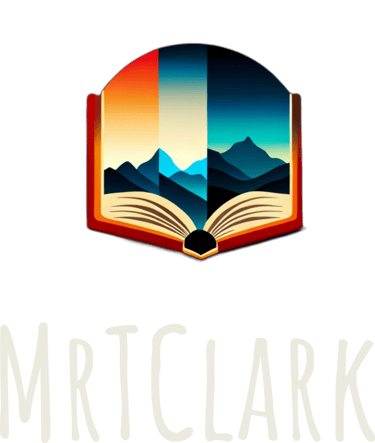Article 3: Making the Transition to Three-Dimensional Teaching
This article highlights how science works by emphasizing how students engage in making sense of phenomena, a fundamental aspect of scientific inquiry. As students engage with phenomena, the nature of science becomes evident as they then develop and use models to make hypotheses and arguments based on evidence. By encouraging students to explore, explain, and predict phenomena based on Earth's motions, the article shows how science is an active process of understanding the natural world. It also explains that it is important to recognize the limitations of models, which itself shows how scientific knowledge is an ongoing and self-correcting process.
The article addresses features of inquiry using these models to understand astronomical phenomena. By design, inquiry is embedded in activities, asking students to predict phenomena, develop explanations, and support their explanations using evidence from their observations and interactions with available models. This approach develops critical thinking skills and pushes students to become active participants in the development of their knowledge, rather than passively receiving information. The kinesthetic and scale models are tools for inquiry, which allow students to explore scale, proportion, and the relationship between Earth's motions and observable patterns in the sky.
The article discusses assessment in the form of monitoring each student’s progress through activities related to the lesson. That said, the article does point out that these assessments generally focus on content knowledge and do not necessarily address three-dimensional learning. Additionally, the article points out that this form of assessment may not be accessible to all learners. Because of this, alternative strategies for assessment may be needed so that student understanding and skills are more accurately reflected. To utilize assessment effectively, formative assessments that allow for the observation of students' curiosity and conceptual understanding in real-time should be incorporated. This can be done with self-assessment, peer review, or checklists that focus on a student’s ability to use the models, support their explanation, or apply crosscutting concepts to what they are learning.
Student misconceptions seem to be implicitly addressed through the lesson's focus on direct observation and modeling of astronomical phenomena. For example, misconceptions about what causes the day/night cycle, or the cause of seasons can be addressed by engaging students in an activity that illustrates Earth's rotation and orbit around the Sun. By actively involving students in modeling this process, the lesson can correct misunderstandings by a providing concrete, experiential learning experience.
This article provides a framework for integrating the nature of science and the practice of asking questions or being curious into classroom instruction using models, hands-on activities, and a shift toward focusing on the student’s engagement in explaining natural phenomena. It points out the need for thoughtful assessment strategies to enhance scientific inquiry and learning for all students.
